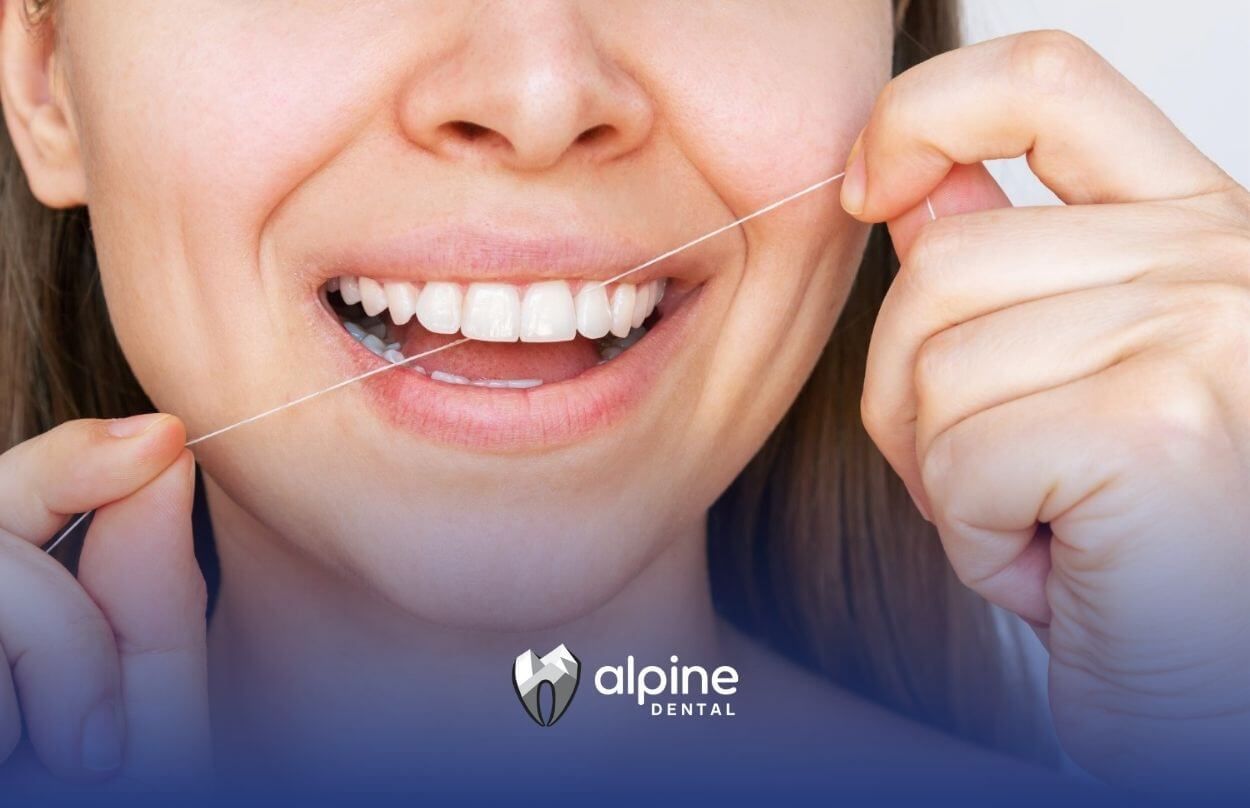Are Whitening Strips Safe? Discover If They Really Work
Understanding Whitening Strips
A bright smile often signals good health and confidence. When individuals ask, do whitening strips work? They seek clear answers on both safety and value. This article explores how at-home whitening strips function, their potential risks, and practical tips to get the best results.
By the end, readers will understand the science behind whitening strips, best practices for their use, and when to seek professional care.
Active Ingredients in Strips
Most whitening strips rely on peroxide-based gels to lift stains. Two primary agents power these products:
- Hydrogen peroxide, typically ranging from 10 percent to 22 percent concentration
- Carbamide peroxide, which breaks down into hydrogen peroxide and urea
Hydrogen peroxide acts quickly to target both surface discoloration and deeper, set-in stains. At lower concentrations, carbamide peroxide provides a gentler release of whitening power over a longer wear time.
ADA Seal and Safety
The American Dental Association (ADA) considers peroxide-based formulas safe and effective when strips carry the ADA Seal of Acceptance. That endorsement means the product has met rigorous standards for both enamel safety and whitening performance.
Strip Design and Fit
Modern whitening strips use flexible polymers that conform to tooth contours. This design helps:
- Reach back teeth and hard-to-access areas
- Keep gel in close contact with enamel for even whitening
Proper adhesion reduces gel leakage onto gums, limiting irritation risks and ensuring consistent results.
How Strips Remove Stains
Understanding the stain-removal process helps set realistic expectations for whitening strips.
Surface Versus Set-In Stains
- Surface stains come from coffee, tea, tobacco, or red wine. They often respond well to brushing, toothpaste, or light bleaching.
- Set-in stains develop over years. They bond more deeply to enamel proteins and usually need peroxide-based products to break their molecular bonds.
Peroxide molecules penetrate the enamel, oxidizing stain compounds into smaller, less visible fragments. This process can remove up to 14 years’ worth of discoloration when instructions are followed precisely.
Typical Usage Guidelines
Most manufacturers recommend:
Whitening Strips Usage Guidelines
Avoid floss or toothpaste within an hour before application
Place strips on clean, dry teeth
Wear for 30 minutes, once or twice daily for 10–14 days
Discard used strips and avoid swallowing excess gel
Deviating from these steps may reduce effectiveness or heighten sensitivity risk.
Assessing Strip Safety
While whitening strips are popular, users should remain aware of possible side effects and precautions.
Tooth Sensitivity and Gum Irritation
Temporary tooth sensitivity represents the most common complaint. Peroxide can penetrate into the dentin layer, triggering nerve responses. Likewise, gel contact with soft tissue may cause mild gum irritation. Typically, these issues:
- Subside within a day or two of ending treatment
- Affect a minority of users when instructions are followed
For those prone to sensitivity, using lower-concentration carbamide peroxide strips or whitening less frequently can help.
Enamel and Oral Tissue Safety
Concerns sometimes arise around enamel thinning or micro-abrasions. However, research indicates:
- Professionally approved peroxide levels do not weaken enamel under recommended wear times
- Strips bearing the ADA Seal have demonstrated enamel safety in clinical tests
Users should never apply strips to broken, inflamed, or receding gums, and should avoid direct sunlight during wear to prevent skin sensitivity.
Factors Affecting Effectiveness
Several variables influence how well whitening strips perform and how long results last.
Diet and Lifestyle Habits
Staining substances accelerate discoloration:
- Coffee, tea, and red wine
- Tobacco and nicotine products
- Dark sauces like soy or tomato
Minimizing these consumables prolongs whitening effects.
Oral Hygiene Routine
Good dental habits help maintain brightness:
- Brushing with
whitening toothpaste twice daily
- Flossing to remove plaque build-up
- Rinsing after meals or snacks
Rinsing with water or an alcohol-free mouthwash fights new stains before they settle.
Individual Variations
Genetics, age, and dental history play a role:
- Older enamel tends to yellow naturally over time
- Existing restorations (crowns, veneers) do not whiten evenly
- Prior bleaching treatments may require touch-ups sooner
Those with significant dental work should consult a professional for tailored advice.
Maximizing Whitening Results
Small adjustments can boost performance and comfort.
Maintenance Tips
- Schedule whitening touch-ups every 3–6 months using a shorter strip regimen
- Use a straw when drinking staining beverages
- Incorporate enamel-protecting fluoride rinse into the nightly routine
Avoiding Common Mistakes
- Do not brush aggressively before strip application
- Never extend wear time beyond the recommended duration
- Avoid reusing strips for cost saving
Following the product’s printed schedule prevents over-bleaching and tissue damage.
Alternatives To Whitening Strips
When strips are not ideal, consumers can explore other options.
| Method | Active Agent | Cost | Pros | Cons |
|---|---|---|---|---|
| Professional Bleaching | 25%–40% Hydrogen Peroxide | High | Long-lasting (1–3 years) | Higher sensitivity risk, pricey |
| Charcoal Whitening Strips | Natural Charcoal | Moderate | Gentle on enamel, fewer chemicals | Less dramatic, slower results |
| Whitening Toothpaste | Mild Abrasives, Peroxide (1–2%) | Low | Daily use, easy to integrate | Surface-only, minimal shade change |
| Enzyme Strips | Natural Enzymes (e.g., Bromelain) | Moderate | Targets surface stains gently | Takes weeks for visible improvement |
Each alternative suits different budgets, timelines, and sensitivity levels.
When To Consult Professionals
Although over-the-counter strips serve many well, certain circumstances call for expert care.
Risk Factors
Individuals should seek a dental evaluation if they have:
- Advanced gum disease or recession
- Multiple crowns, bridges, or veneers
- Severe tooth sensitivity or pain
- Enamel erosion from acid reflux or bulimia
A dentist can rule out underlying issues before recommending any whitening protocol.
Professional Whitening Options
Dentists offer at-home kits with custom trays and higher-strength gels or in-office treatments like laser-activated bleaching. These approaches typically deliver faster, more uniform results with professional oversight.
Conclusion
Whitening strips powered by hydrogen or carbamide peroxide provide an affordable, convenient way to brighten teeth when used correctly. Side effects such as sensitivity or gum irritation remain mild and short-lived for most people. Factors like diet, oral hygiene, and individual enamel characteristics influence both the initial outcome and its longevity.
For lasting results, individuals should follow product instructions, limit staining foods, and consider touch-up applications every few months. Those with advanced dental concerns or extensive restorations will benefit from a professional consultation to explore custom whitening solutions.
At Alpine Dental in Lakewood, NJ, we offer safe, customized whitening solutions that deliver real, radiant results without guesswork or irritation. Curious if whitening strips are right for you or ready to go pro? Book a consultation with us today and let us help you achieve your brightest, healthiest smile.
Frequently Asked Questions
Are whitening strips safe for sensitive teeth?
Most whitening strips are safe but may cause temporary sensitivity. If you have sensitive teeth, choose a gentle formula or consult your dentist for tailored options.
How long do whitening strip results last?
Results typically last a few months, depending on your diet, oral hygiene, and lifestyle. Avoiding coffee, tea, and smoking can help extend brightness.
Do whitening strips work on crowns, veneers, or fillings?
No, whitening strips don’t lighten dental restorations. For a consistent look, consult your dentist for professional whitening or restoration replacement options.
SOURCES:
https://crest.com/en-us/oral-care-tips/teeth-whitening/what-are-the-active-ingredients-in-crest-3dwhitestrips
https://www.medicalnewstoday.com/articles/whitening-strips
https://pubmed.ncbi.nlm.nih.gov/33215202/
https://www.colgate.com/en-us/oral-health/teeth-whitening/white-strips-for-teeth-safe-for-kids-and-teens
https://www.healthline.com/health/do-whitening-strips-work
https://www.crest.com/en-us/oral-care-tips/teeth-whitening/what-are-the-side-effects-teeth-whitening




